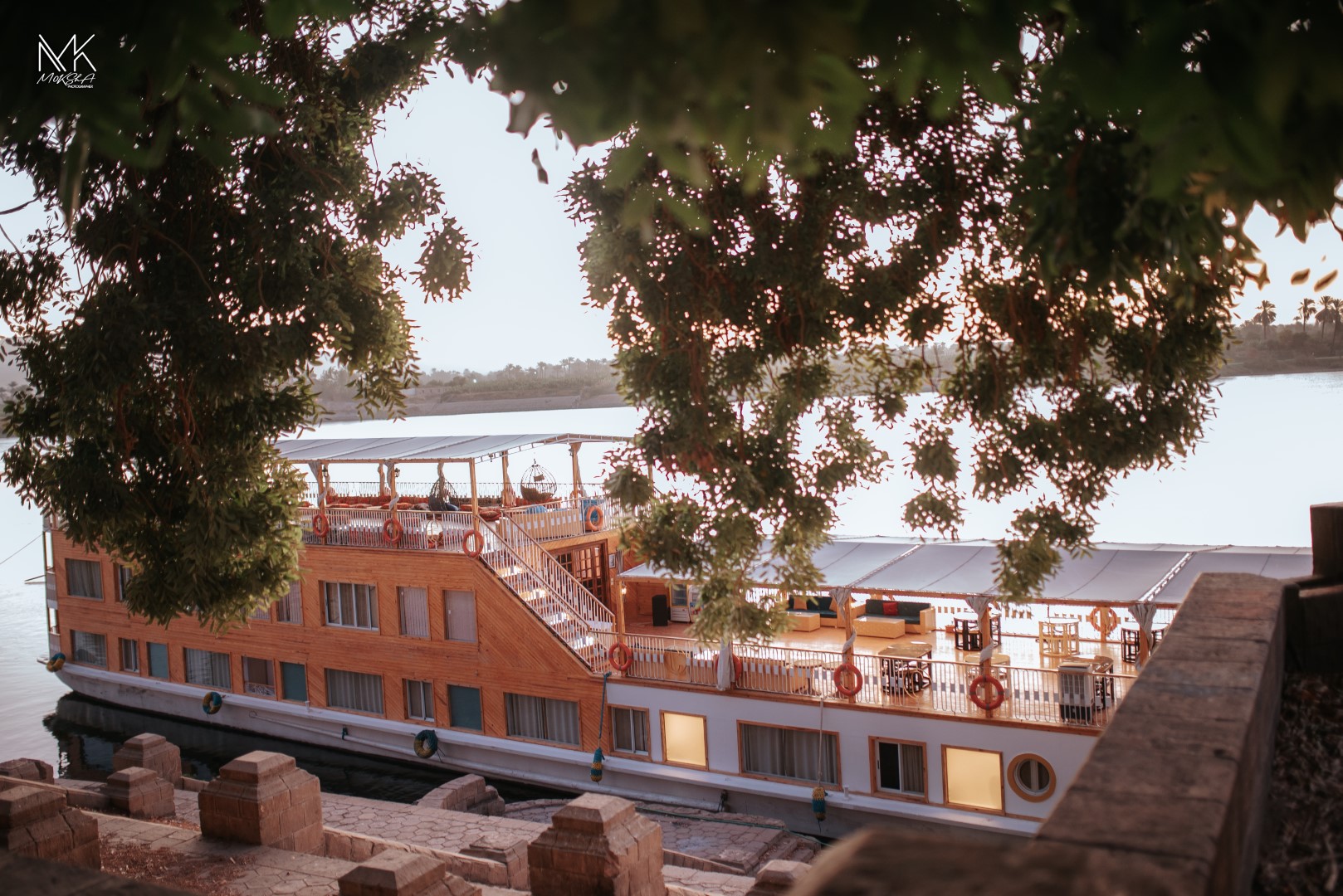The Valley of the Kings and Queens: The Final Resting Place of Egypt's Royalty
The Valley of the Kings and Queens, located on the west bank of the Nile River, near Luxor, is one of the most famous and historically significant archaeological sites in Egypt. It served as the royal burial ground for pharaohs and their families during the New Kingdom period (1550–1070 BCE). The valley, split into two main areas—the Valley of the Kings for the pharaohs and the Valley of the Queens for the queens and royal children—contains the tombs of some of Egypt’s most renowned rulers.
History and Significance
The Valley of the Kings was used as a royal burial site starting in the 18th Dynasty, with the tomb of Thutmose I being the first to be constructed there. Prior to this, pharaohs were buried in pyramids, but as tomb robberies became more frequent, the New Kingdom pharaohs sought to secure their final resting places in hidden and more inaccessible locations, thus choosing the valley as a burial site. This decision was partly driven by the belief that the hidden tombs would protect the pharaohs from grave robbers.
Over the centuries, the valley became the burial ground for 62 pharaohs and many other royal family members. Among the most famous tombs in the Valley of the Kings is the tomb of Tutankhamun, discovered by Howard Carter in 1922, which contained a wealth of treasures and gave an extraordinary glimpse into the life and death of one of Egypt's most famous kings.
The Architecture of the Tombs
The tombs in the Valley of the Kings are carved into the rock of the Theban hills. They are typically long, narrow corridors with chambers at the end where the pharaoh and his belongings were placed. The walls of the tombs are decorated with intricate frescoes and carvings that depict scenes from the pharaoh's life, as well as religious and funerary scenes, with the goal of ensuring a safe passage to the afterlife.
The tombs were designed to reflect the pharaoh's status and to accompany him in his journey to the afterlife. The walls often show the deceased with various gods and goddesses, preparing for their divine journey. The tombs were filled with artifacts, including furniture, jewelry, and food, intended to sustain the deceased in the afterlife.
The Valley of the Queens
Located a short distance from the Valley of the Kings, the Valley of the Queens served as the burial site for the wives and children of the pharaohs. The tombs in the Valley of the Queens are often smaller and less elaborate than those of the kings, but they still feature beautiful paintings and carvings. The tomb of Queen Nefertari, the beloved wife of Ramses II, is one of the most famous and well-preserved tombs in the valley. Its vivid frescoes and intricate designs make it a highlight for visitors.
The Discovery and Preservation of the Tombs
The tombs of the Valley of the Kings and Queens were largely forgotten for centuries, with many of them left undisturbed in their secretive locations. It wasn’t until the 19th century that explorers and archaeologists began to rediscover the tombs, bringing to light treasures and artworks that had been hidden for thousands of years.
Today, the valley is a UNESCO World Heritage Site, and ongoing efforts are made to preserve these ancient tombs, despite the challenges posed by environmental factors, such as humidity and tourism.
A Major Tourist Attraction
The Valley of the Kings and Queens is one of the most visited sites in Egypt. Visitors can explore the tombs of famous rulers like Ramses II, Seti I, and Tutankhamun, while also getting a glimpse into the lives of the queens and children of the royal family. The intricate artwork and the sheer scale of the tombs make the valley an awe-inspiring experience for anyone interested in ancient Egyptian culture and history.


